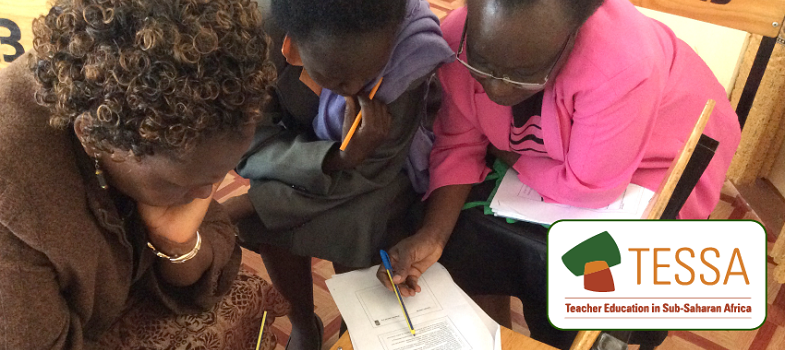Resource 1: Gender issues
![]() Background information / subject knowledge for teacher
Background information / subject knowledge for teacher
- Gender describes those characteristics of men and women that are socially determined rather than biologically determined.
- Many of the pupils’ reactions come from the way they have been socialised, which leads to an unconscious gender stereotyping.
- In the family, men are generally considered the heads, and decision-making is largely dominated by them.
- There are gender disparities in access to education, economic opportunities and health care.
- There is bias in favour of education for boys, coupled with issues of early pregnancy resulting in the high drop-out rate of girls from school.
- There are imbalances in employment by sector and sex. Within the agriculture sector, women are the major food producers.
- People are born male or female, but learn to be girls or boys who grow into women or men.
- People are taught what the appropriate behaviour and attitudes, roles and activities are for them, and how they should relate to other people. This learned behaviour is what makes up gender identity and determines gender roles.
Issues in gender teaching
- Gender issues are sensitive and therefore rules should be strictly observed in order to ensure that discussion does not become just a fight between the girls and the boys.
- You need to help both sexes appreciate the dilemmas and choices of the opposite sex.
- It is important for pupils to understand how gender stereotypes are reinforced by behaviour in the family, in the school and in society.
- You need to help your pupils develop strategies and skills to challenge unfair gender situations.
3. Raising awareness of gender issues



